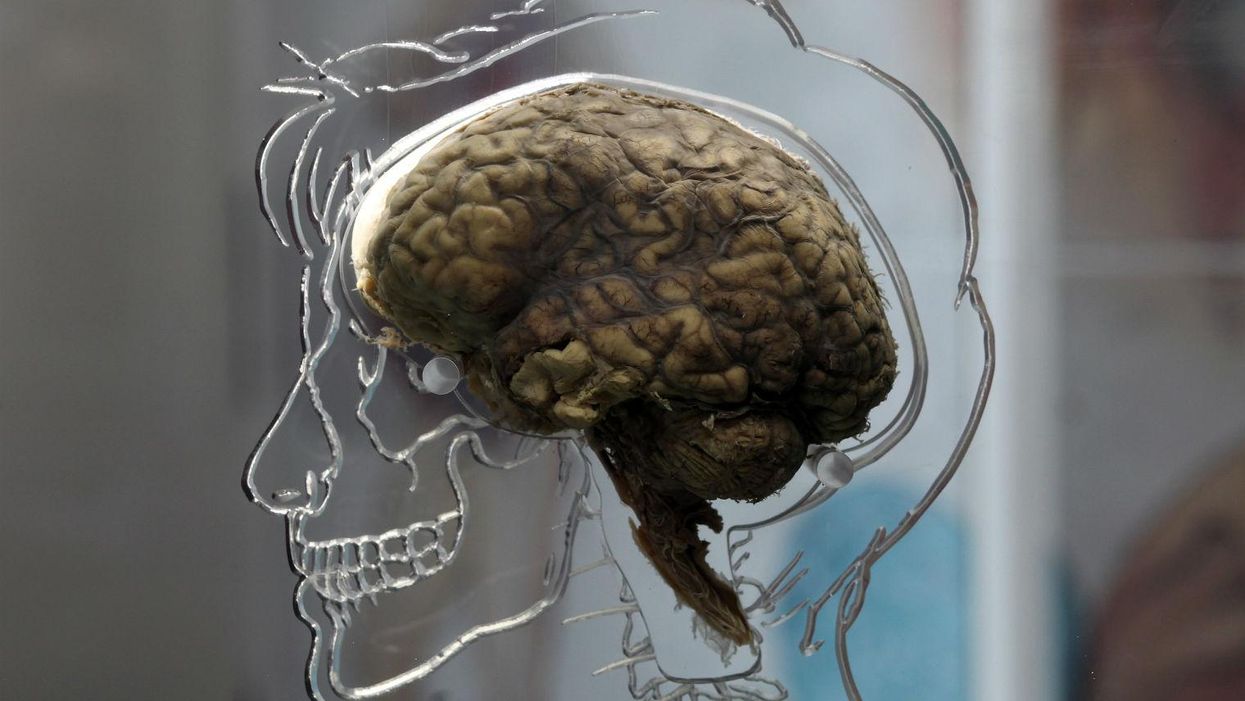Viral
Indy100 Staff
Jun 22, 2015

A 2014 study showed that attempting to solve brain teasers can help to maintain levels of reasoning in adults as they grow older.
With that sentiment in mind, users on this Quora thread have been setting each other some devilishly tricky puzzles and riddles to keep their brains strong.
The users say that children whose brains are more creative may find some of them easier to solve, but that cannot be confirmed. Here are four of the best (all answers can be found at the bottom of this post):
1. The missing dollar
Three people check into a hotel.
They pay £30 to the manager and go to their room.
The manager suddenly remembers that the room rate is £25 and gives £5 to the bellboy to return to the people.
On the way to the room the bellboy reasons that £5 would be difficult to share among three people so he pockets £2 and gives £1 to each person.
Now each person paid £10 and got back £1.
So they paid £9 each, totalling £27. The bellboy has £2, totalling £29.
Where is the missing £1?
HT: Clint Worsley
2. Einstein's riddle
There are five houses in five different colours. In each house lives a person of a different nationality. The five owners drink a certain type of beverage, smoke a certain brand of cigar, and keep a certain pet. Using the clues below can you determine who owns the fish?
The Brit lives in a red house. The Swede keeps dogs as pets. The Dane drinks tea. The green house is on the immediate left of the white house. The green house owner drinks coffee. The person who smokes Pall Mall rears birds. The owner of the yellow house smokes Dunhill. The man living in the house right in the middle drinks milk. The Norwegian lives in the first house. The man who smokes Blend lives next door to the one who keeps cats. The man who keeps horses lives next door to the man who smokes Dunhill. The owner who smokes Blue Master drinks chocolate. The German smokes Prince. The Norwegian lives next to the blue house. The man who smokes Blend has a neighbour who drinks water.
HT: Scott McCabe
3. A hen-and-a-half
If a hen-and-a-half lays an egg-and-a-half in a day-and-a-half, how many eggs do three hens lay in three days?
HT: Jonathan Rubin
4. The Stroop effect
Try saying the colour that each word has been printed in.
HT: David Trethewey
Answers:
1. There is no missing £1, but rather the way the problem is worded makes it sound as though there is. Written another way: the manager has £25, the bellboy has £2 and each of the guests have £1 each.
2. The German owns the fish. This puzzle was reportedly devised by Albert Einstein when he was a boy. The simplest way to solve it is to create a matrix like this one from the University of Delaware and tick off the answers as you go:
3. Three hens would lay six eggs in three days. I.e. Three hens would lay three eggs in a day and a half. When the amount of time is doubled the number of eggs is doubled too.
4. The Stroop test is a popular one in neuroscience to measure the abilities of the brain. Users are often asked to perform two tasks - the first of which asks them to read out the words as they are written with a second asking them to name the colour of the ink. According to this report from the University of Michigan: "The effect is related to the ability of most people to read words more quickly and automatically than they can name colours... even when asked to name the colour of the ink, we tend to say the name the word represents."
More: The reason children may find this puzzle easier to understand
Top 100
The Conversation (0)















